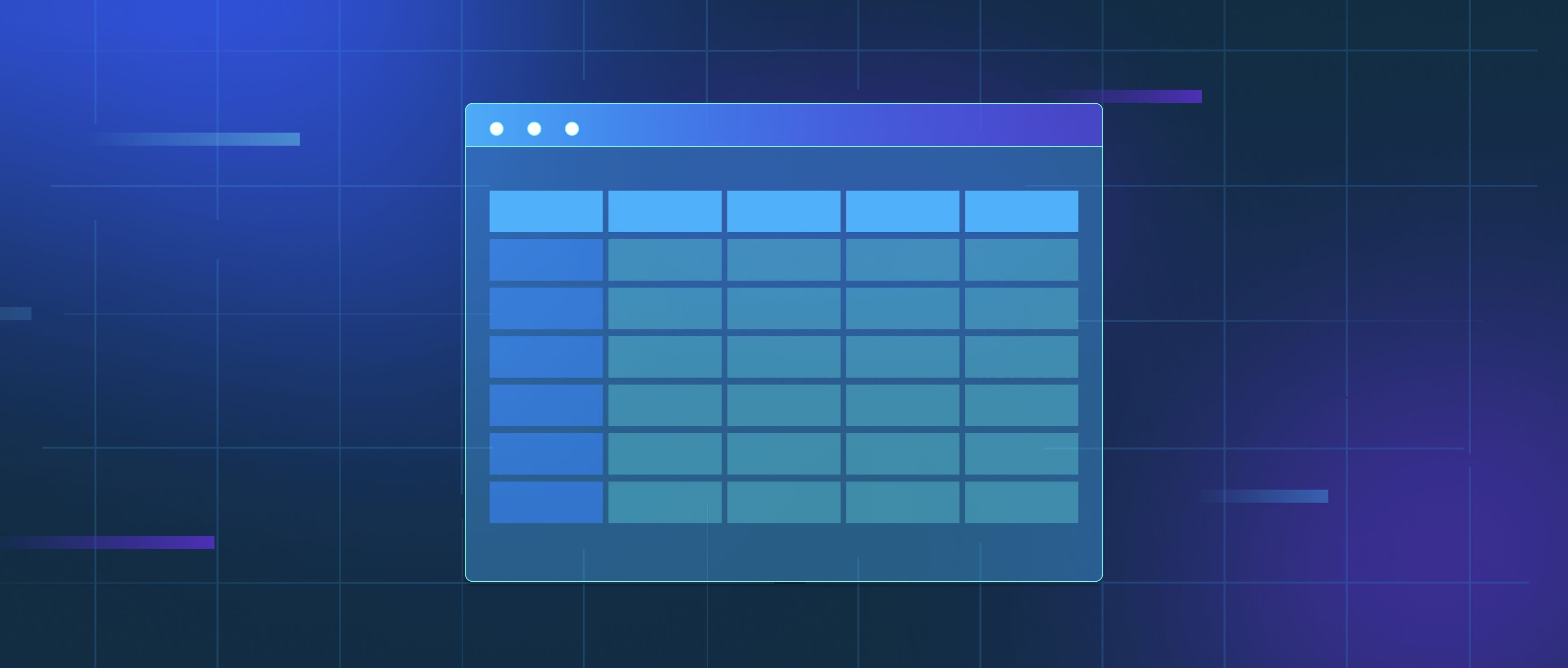Swarm-based multi-agent systems are collections of autonomous agents that work together to complete tasks using simple rules and local interactions. These agents typically operate in a decentralized manner, meaning there is no central control. Instead, they respond to their environment and communicate with one another to achieve collective goals. A common characteristic of these systems is that they mimic the behavior observed in natural swarms, such as flocks of birds, schools of fish, or colonies of ants, where individual agents follow simple behaviors that lead to complex group dynamics.
In swarm-based systems, each agent usually possesses limited capabilities and information about the environment. They make decisions based on local information and the behavior of neighboring agents. For instance, in a swarm of drones used for search and rescue operations, each drone might utilize its sensors to locate victims while coordinating its movements with nearby drones to cover the area efficiently. This kind of peer-to-peer communication allows the drones to adapt to changing conditions and optimize their search patterns without the need for a centralized command center.
Developers working with swarm-based multi-agent systems can leverage various algorithms and techniques to enhance agent behaviors. Examples include particle swarm optimization (PSO) and ant colony optimization (ACO), which are used for solving complex optimization problems by mimicking the natural behaviors of swarms. In robotics, swarm algorithms are applied to coordinate fleets of delivery robots in urban environments, allowing them to navigate, avoid obstacles, and deliver packages more effectively. Overall, swarm-based systems represent a powerful approach for creating efficient, adaptive, and resilient systems across various domains.
